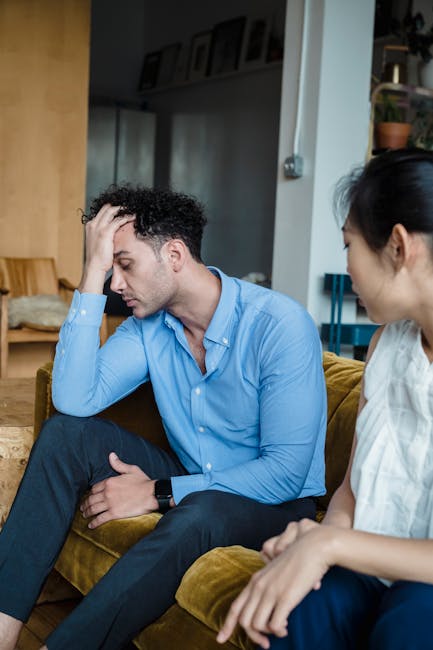How to Handle Anxiety When Returning to Daily Life 🌿
Returning to daily life after a hiatus, whether due to a vacation, illness, or a global event like a pandemic, can be overwhelming. Anxiety can creep in, making the transition feel daunting. But fear not! This guide will walk you through practical steps to manage anxiety and ease back into your routine smoothly.
Table of Contents
1. Understanding Anxiety and Its Effects
2. Practical Steps to Manage Anxiety
3. Building a Supportive Environment
4. Conclusion
5. FAQs
Understanding Anxiety and Its Effects 😟
Anxiety is a natural response to stress, characterized by feelings of tension, worried thoughts, and physical changes like increased blood pressure. When returning to daily life, these feelings can amplify due to the sudden shift in routine and environment.
Understanding that anxiety is normal can be the first step in managing it. It’s your body’s way of alerting you to potential challenges, allowing you to prepare and adapt.
Practical Steps to Manage Anxiety 🛠️
1. Gradual Exposure
Instead of diving headfirst back into every aspect of your pre-break life, take it slow. Gradually reintroduce activities and responsibilities. This will help your mind and body adjust without overwhelming you.
2. Mindfulness and Meditation 🧘♀️
Incorporate mindfulness and meditation into your daily routine. Even just a few minutes a day can significantly reduce anxiety levels by helping you stay grounded and focused on the present moment.
3. Healthy Lifestyle Choices 🍎
Ensure you’re eating well, exercising regularly, and getting enough sleep. These are fundamental in maintaining mental health and can help reduce symptoms of anxiety.
4. Set Realistic Goals
Setting small, achievable goals can provide a sense of accomplishment and control. As you tick off each goal, your confidence in handling daily tasks will increase, reducing anxiety.
Building a Supportive Environment 🤝
1. Communicate Your Feelings
Talk to friends, family, or a professional about how you’re feeling. Sharing your experiences can provide relief and open you to advice and support from others.
2. Create a Comforting Space 🏡
Whether it’s a cozy corner in your home or a favorite park bench, having a go-to space where you feel safe and relaxed can offer a refuge when anxiety hits.
3. Limit Stressors
Identify and, if possible, limit exposure to things that trigger your anxiety. It could be social media, certain people, or environments. Protecting your mental health should be a priority.
Conclusion ✨
Managing anxiety when returning to daily life is about understanding your feelings, taking small steps, and surrounding yourself with support. Remember that it’s okay to feel anxious and that with the right strategies, you can navigate this transition smoothly.
FAQs
Q1: How long does post-break anxiety typically last?
It varies from person to person. For some, it may last a few days, while for others, it might take weeks. The key is to be patient with yourself and consistently apply anxiety management techniques.
Q2: Can I handle anxiety without medication?
Yes, many people manage anxiety through lifestyle changes, therapy, and mindfulness practices. However, if anxiety significantly impacts your daily life, consulting a healthcare professional is advisable.
Q3: What should I do if my anxiety worsens?
If you notice your anxiety worsening despite self-help measures, seek professional help. A therapist or counselor can provide you with tailored strategies to manage your anxiety effectively.
Q4: Is it normal to feel anxious about returning to a routine?
Absolutely! It’s a common reaction to change. Recognizing this as normal can help you approach the situation with more compassion for yourself.

